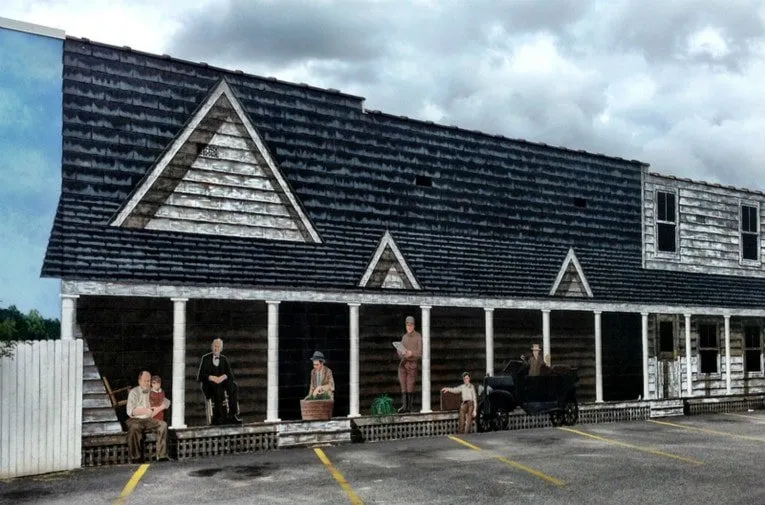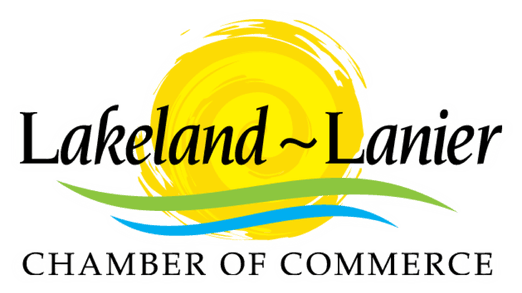Lanier County’s History

About Lakeland
Lakeland, the seat of Lanier County, incorporated on August 11, 1925. Lakeland is the county’s only incorporated municipality.
Throughout Lakeland’s brief history, its names have related to the geographic area surrounding the city. Its original name, Alapaha Station, recognized the nearby Alapaha River. Then, in 1832, as mills moved into the area, the city’s name changed to Mill Town. Finally, residents chose the current name as a nod to the city’s proximity to Banks Lake.
Lanier County is part of the Valdosta, Georgia Metropolitan Statistical Area.
For many years, Lakeland owned and operated its own railroad.
Historical sites in Lanier County
Union Primitive Baptist Church (Burnt Church)
As the lands opened up after the Indian treaties families moved to, what was then know as the Tallokas District of South Georgia. The area had few residents other than the native Indians, gophers and rattlesnakes. Tallokas was an Indian name for tall oaks. One of the first churches constituted in the area was Union Baptist Church. It was formed on October 21, 1825 on the banks of the Alapaha River near the present town of Lakeland, Georgia. Some of the very same members of Union were instrumental in the formation a year later of Bethel Primitive Baptist Church. Of note about the Union Church, it sat on an old Indian trail that went from the Chattahoochee to the Okefenokee. In 1836 as a band of Creek Indians passed on their way to join the Seminoles at Noochee, near present day Fargo, they set fire to the Union Church. The fire did not totally destroy the church and in rebuilding, members used some of the charred beams. Thereafter, Union Primitive Baptist Church was know as the “Burnt” Church. (From the Yatesville History by Ray Davidson)
Home of Governor E. D. Rivers
Governor Eurith Dickinson Rivers was elected governor of Georgia in 1936. His home is located on US 122 east of Banks Lake just inside the city limits. The home is not open to the public.
MILLTOWN CHRONOLOGY
1819 – First settlers (James and Elizabeth Patten) arrived
1825 – Union Baptist Church organized
1830 – Joshua Lee dammed a creek to form Lee’s Mill Pond and established a cotton gin and gristmill
1838 – Benjamin Sirmans became Alapaha’s (now Lakeland) first postmaster
1848 – William Lastinger bought Lee’s land and mill property
1854 – Union Church burned
1854 – Empire Church organized
1856 – Methodist Church organized
1857 – Missionary Baptist Church organized
1857 – Alapaha’s name changed to Milltown
1857 – Masonic Hall/Milltown School built
1862 – Henry Banks bought Lastinger Mills property
1884 – A tornado destroyed the Methodist Church, new church built
1886 – Tom Church built a hotel on Main Street
1902 – George Gress established a large sawmill in Milltown and built a railroad from Milltown to Naylor
1904 – Morgan Gress (George’s son) built the “Log Cabin” for his private residence
1905 – W. M. Pafford built the Lee-Banks Hotel on Main Street.
1905 – Mercer Baptist Association built Oaklawn Academy as a college
1905 – Barney & Smith Car Company bought the Gress properties
1905 – The Milltown News became the town’s first newspaper
1905 – Bank of Milltown was chartered
1907 – Farmers & Merchants Bank was chartered
1913 – The Milltown Advocate became the town’s newspaper after the Milltown News building was destroyed by fire
1914 – The Waycross & Western Railroad was completed, running from Waycross, through Cogdell and Sirmans, to Milltown
1918 – Milltown’s huge lumbermill burned
1920 – Lanier County was created. The Milltown Advocate became The Lanier County News
1920 – E. D. Rivers moved his family from Cairo to Milltown
1923 – Lanier County schools were consolidated
1925 – Milltown’s name was changed to Lakeland
